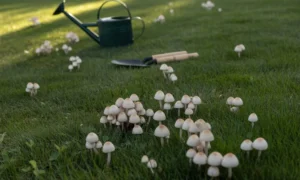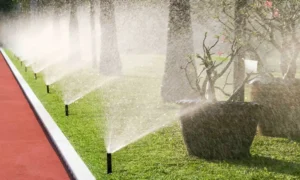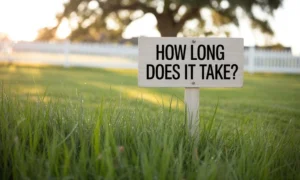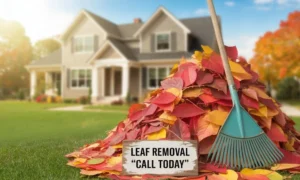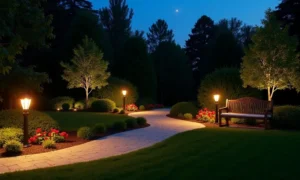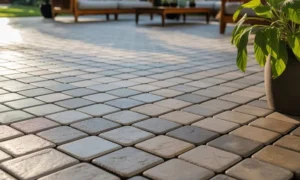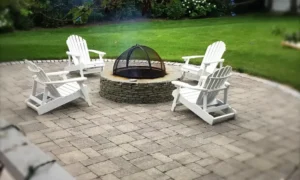Ornamental grasses add beauty, texture, and movement to your landscape throughout the year. However, to keep them healthy and thriving, knowing when to cut back ornamental grasses is crucial. The best time to trim them is in late winter or early spring before new growth begins. This timing prevents winter damage while ensuring the grasses have enough time to regenerate.
Cutting back ornamental grasses too early in winter can expose the plant’s crown to harsh weather, while trimming too late in spring can interfere with new growth. To prune effectively, use sharp shears or hedge trimmers to cut the grass 2 to 6 inches above the ground. For larger grasses, electric trimmers or chainsaws may be necessary.Beyond aesthetics, pruning helps remove dead foliage, prevents disease, and promotes healthy regrowth. If you prefer to support wildlife, consider delaying trimming until early spring, as uncut grasses provide shelter for birds and small animals. By following these best practices, you can ensure your ornamental grasses remain a stunning and vibrant part of your landscape year after year.
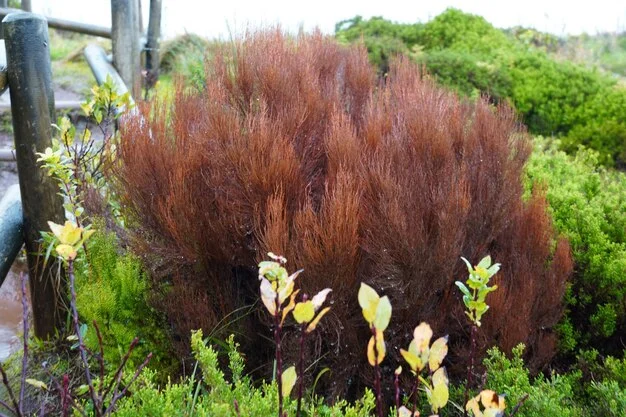
Why Is Cutting Back Ornamental Grasses Important?
Over time, ornamental grasses can become overgrown, tangled, or develop dead growth, negatively affecting their appearance and overall health. Without regular maintenance, they may start to look unkempt and lose their structured, elegant appeal. More importantly, dense and untrimmed grasses can smother new growth, restricting their ability to thrive. Additionally, accumulated dead foliage can create the perfect environment for pests, fungi, and diseases, which can spread throughout your Bay area landscape design.
Trimming ornamental grasses at the right time is essential to maintaining their beauty and vitality. Cutting them back promotes strong regrowth by allowing fresh shoots to emerge without competition from old, lifeless stems. Proper air circulation is also improved, reducing the risk of mold and mildew. Well-maintained ornamental grasses will not only enhance your garden’s visual appeal but also contribute to a healthier and more balanced ecosystem. By keeping them in check, you ensure a vibrant and thriving bay area landscape throughout the seasons.
When to Cut Ornamental Grass for Optimal Growth
Best Time to Cut Ornamental Grasses
The ideal time for cutting back ornamental grasses depends on their type:
- Cool-Season Grasses (like Fescue and Blue Oat Grass): Trim in late winter to early spring before new growth emerges.
- Warm-Season Grasses (such as Miscanthus, Pampas Grass, and Fountain Grass): Cut back in late winter or early spring, just before new shoots appear.
Tip: Avoid cutting back too early in winter, as the dried foliage offers insulation and protection from extreme cold.
Should Ornamental Grasses Be Cut Back for Winter?
Many gardeners wonder if they should trim their grasses before winter. The answer? It depends on your climate and aesthetic preference.
- In colder regions, leaving the grass intact through winter adds visual interest and provides habitat for wildlife.
- If your grasses become floppy or unsightly, you can lightly prune them in late fall but avoid heavy trimming.
Takeaway: While winter cutting is optional, it’s best to perform heavy pruning in late winter to early spring for optimal regrowth.
How to Trim Ornamental Grasses the Right Way
Step-by-Step Guide:
- Choose the Right Tools: Use sharp garden shears, hedge trimmers, or even electric trimmers for large clumps.
- Bundle the Grass Together: Tie the grass with twine to make cutting easier and neater.
- Trim to the Right Height: Cut about 6 to 12 inches above the ground for best regrowth.
- Dispose of the Cuttings Properly: Use them as mulch or compost for a sustainable garden.

Can You Trim Ornamental Grasses in Summer?
If you missed the early spring trimming, can you trim ornamental grasses in summer?
- Yes, but with caution. Heavy pruning during active growth can stress the plant and reduce its vitality.
- If needed, perform light maintenance trims by removing brown or damaged leaves.
- Avoid cutting more than one-third of the plant to prevent stunting growth.
Best Practice: Stick to early spring trimming for major cuts and use summer pruning only for shaping and tidying up.
you can also read about Affordable Artificial Grass Installation Services
Common Mistakes to Avoid When Trimming Ornamental Grasses
Cutting back ornamental grasses at the right time is essential for maintaining their health and beauty. However, common mistakes can impact their growth and longevity.
Cutting Too Late: If you delay trimming into mid-spring, you risk damaging new shoots, which can result in uneven growth and a weaker plant structure. Ideally, ornamental grasses should be pruned in late winter or early spring before fresh growth emerges.
Cutting Too Short: While trimming is necessary, cutting too close to the ground can hinder regrowth and weaken the plant. Leaving about 2 to 6 inches of old growth ensures the plant has enough energy to regenerate properly.
Ignoring the Grass Type: Not all ornamental grasses have the same cutting schedule. Some cool-season grasses benefit from light trimming, while warm-season varieties require more aggressive pruning. Research your specific grass type to determine the best approach for maintaining a lush and healthy landscape.
Final Thoughts
Knowing when to cut back ornamental grasses ensures a thriving, beautiful garden year-round. Whether you’re wondering when to cut ornamental grass, should ornamental grasses be cut back for winter, or the best time to cut ornamental grasses, following these guidelines will keep your Bay area landscape design in top shape.And if you ever ask, “Can you trim ornamental grasses in summer?”, remember: light trims are fine, but heavy pruning is best done in early spring.
For expert landscaping solutions, trust Lakota Design for your Bay Area landscape design needs. We specialize in keeping your garden vibrant and well-maintained all year long.Choose Lakota Design Group for this service and transform your outdoor space today!
FAQs
When is the best time to cut back ornamental grasses?
The best time to cut back ornamental grasses is in late winter to early spring before new growth begins.
Should ornamental grasses be cut back for winter?
It depends on your preference. Leaving them up provides winter interest, but they can be cut back in late fall if they become unsightly.
Can you trim ornamental grasses in summer?
Yes, but only lightly. Heavy pruning during summer can stress the plant and affect growth.
How short should I cut ornamental grasses?
Trim grasses to about 6 to 12 inches above the ground to encourage healthy regrowth.
What tools do I need to cut back ornamental grasses?
Use sharp garden shears, hedge trimmers, or electric trimmers for efficient cutting.


